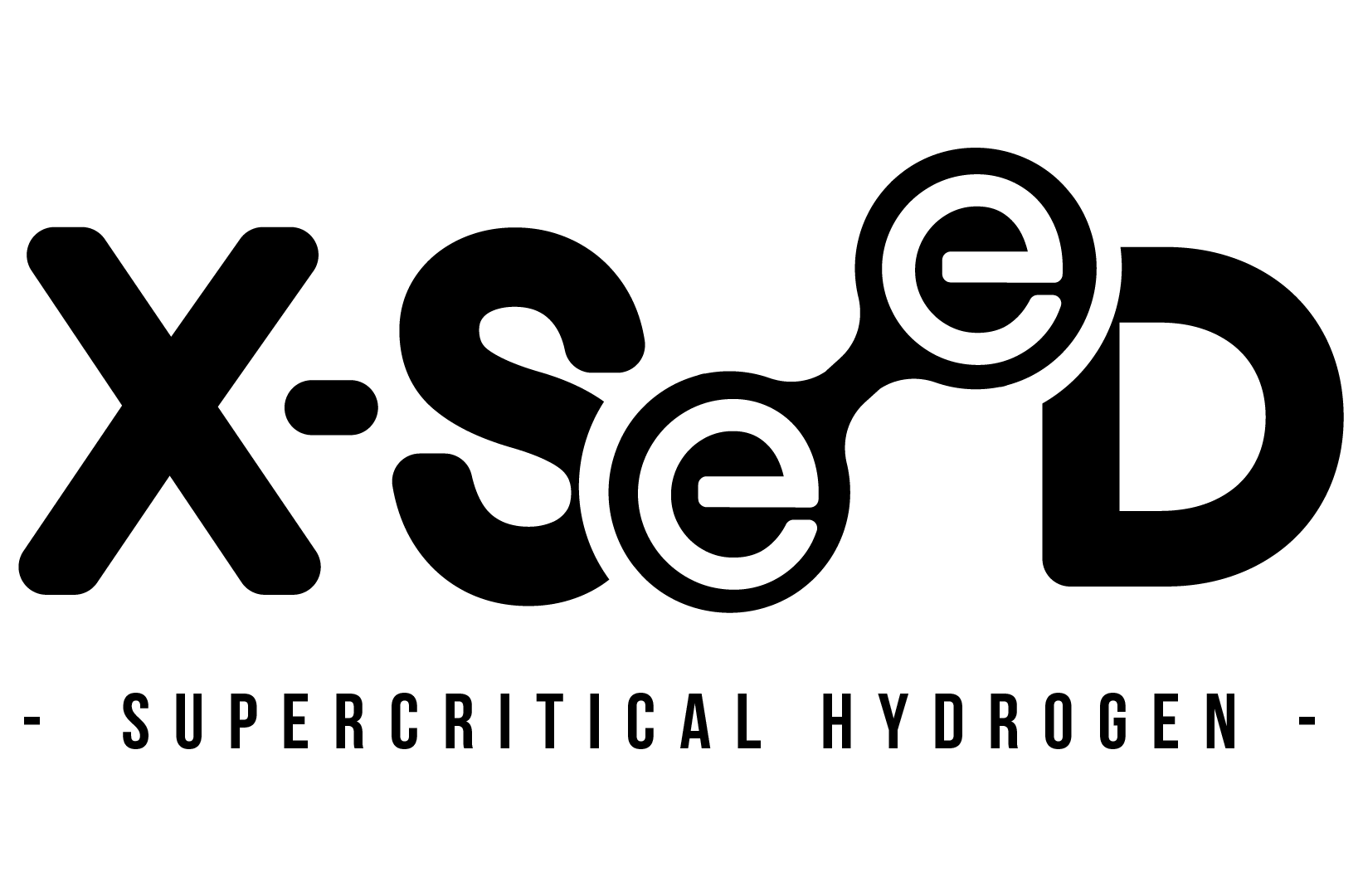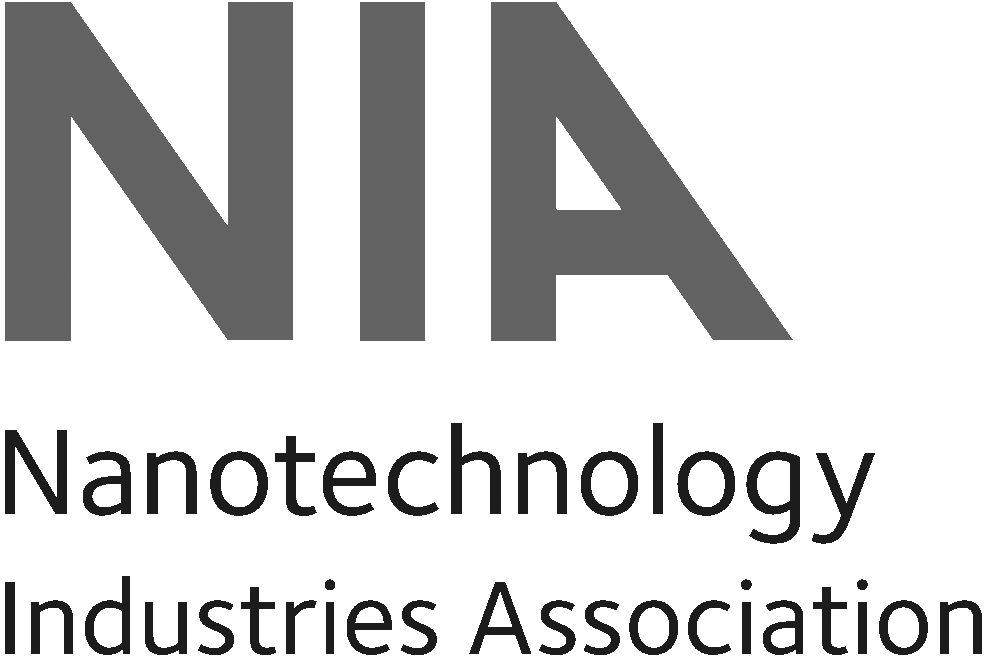OXIDES
TiO2
Titanium oxide nanoparticles are the most explored photocatalytic nanoparticles.
They have extensive application within catalysis, self cleaning, UV-shielding, organic photovoltaic (OPV), electronics, among others.
They have extensive application within catalysis, self cleaning, UV-shielding, organic photovoltaic (OPV), electronics, among others.

Size: ~ 15 nm

Phase: Anatase (tetragonal)




ZrO2
Zirconium dioxide is one of the most studied ceramic materials.
ZrO2 nanoparticles are widely used in various applications due to their excellent thermal stability, high mechanical strength, and resistance to corrosion and wear. These properties make them ideal for being used in ceramics, dental implants, fuel cells, and catalytic systems.
ZrO2 nanoparticles are widely used in various applications due to their excellent thermal stability, high mechanical strength, and resistance to corrosion and wear. These properties make them ideal for being used in ceramics, dental implants, fuel cells, and catalytic systems.

Size: ~ 5 nm

Phase: Zirconia (tetragonal)

Engineered form: YSZ (~ 2.5 nm)
Mn3O4
Manganese (II,III) oxide is usually found in nature as the mineral hausmannite.
Mn3O4 nanoparticles are empoyed in various field, including catalysis, biomedical (as antimicrobial and biosensor), and energy storage.
Mn3O4 nanoparticles are empoyed in various field, including catalysis, biomedical (as antimicrobial and biosensor), and energy storage.

Size: 25-30 nm

Phase: Hausmannite (tetragonal)




ZnO
Zinc oxide nanoparticles find use in several industries thanks to their optical, mechanical and antimicrobial properties. Personal care products, cosmetics, electronics, coating and tiles industry are among the most common fields of application.

Size: ~ 20 nm & ~ 35 nm

Phase: Zincite (hexagonal)
Fe3O4
Iron (II,III) oxide nanoparticles in their magnetite crystal form are the most explored magnetic nanoparticles, due to their extensive application within catalysis, biomedicine, photonic crystals, microfluidics, data storage, RAM materials, environmental remediation and optical filters.

Size: ~ 10 nm & 55-65 nm

Phase: Magnetite (cubic)




SnO2
Tin (IV) oxide is an n-type semiconductor with a wide band gap. SnO2 nanoparticles are suitable for thin-film engineering, functional coating applications, conductive inks, as well as optoelectronic devices and solar cells.

Size: ~ 4 nm

Phase: Rutile-type (tetragonal)
Co3O4
Cobalt (II,III) oxide is a mixed-valency oxide that, in its nanocrystalline form, finds application as heterogeneous catalyst for a variety of reactions. Moreover, it finds applications in micro-electronics, electrochromic devices and as temperature and gas sensor.

Size: ~ 25 nm

Phase: Cobalt (II,III) oxide (cubic)


Can't find what you need? Send us a message!
PEROVSKITES
SrTiO3
Strontium titanate is an oxide of Strontium and Titanium.
SrTiO3 nanoparticles can be used in different electronic devices and capacitors thanks to their high reflectivity and high permittivity. They also find application as pigments, heat resistant materials, and insulating materials.
SrTiO3 nanoparticles can be used in different electronic devices and capacitors thanks to their high reflectivity and high permittivity. They also find application as pigments, heat resistant materials, and insulating materials.

Size: 15-17 nm

Phase: Tausonite (cubic)




BaTiO3
Barium titanate is a ferroelectric ceramic material that exhibits the photorefractive effect and piezoelectric properties.
It finds application in capacitors, electromechanical transducers and nonlinear optics.
It finds application in capacitors, electromechanical transducers and nonlinear optics.

Size: 20-45 nm

Phase: Barium Titanate (cubic)
LaCoO3
LaCoO3 perovskites are used primarily as catalysts in a variety of applications, including the photocatalytic degradation of pollutants, the oxidation of carbon monoxide (CO), and in the production of solar fuels, such as hydrogen and syngas. They also find use as electrode materials in fuel cells and batteries.

Size: ~ 47 nm

Phase: Hexagonal


LawSrxCoyFezO3
LawSrxCoyFezO₃, or LSCF, is used as a cathode material in solid oxide fuel cells and solid oxide electrolysis cells due to its excellent mixed ionic–electronic conductivity, structural stability, and high electrochemical activity. In addition, LSCF serves as an efficient catalyst for the combustion of volatile organic compounds.
Our technology enables precise fine-tuning of the stoichiometry of these materials and the synthesis of complex perovskites.
Our technology enables precise fine-tuning of the stoichiometry of these materials and the synthesis of complex perovskites.

Size: ~ 20 nm

Phase: Hexagonal
La0.5Sr0.5MnO3
Lanthanum strontium manganite, or LSM, is primarily used as a cathode material in high-temperature solid oxide fuel cells (SOFCs) due to its high electrical conductivity and excellent electrochemical activity.
In addition, LSM finds applications in magnetic field sensors, non-volatile magnetic random-access memories, and microwave-absorbing materials, due to its highly tunable electrical and magnetic properties.
In addition, LSM finds applications in magnetic field sensors, non-volatile magnetic random-access memories, and microwave-absorbing materials, due to its highly tunable electrical and magnetic properties.

Size: ~ 15 nm

Phase: Tetragonal

Can't find what you need? Send us a message!
PHOSPHATES
LiFePO4
Lithium Iron Phosphate (LiFePO₄ or LFP) is widely applied as a cathode material in lithium-ion batteries, particularly valued for its stable voltage profile, low cost, abundant raw materials, and environmentally friendly nature. These advantages make LFP a benchmark material in energy storage systems, including electric vehicles and grid-scale applications.

Size: 180-200 nm

Phase: Lithium Iron Phosphate (V) (orthorombic)


Ag3PO4
Applications
Strontium titanate is an oxide of Strontium and Titanium.
Strontium titanate is an oxide of Strontium and Titanium.

Size:

Phase:
Can't find what you need? Send us a message!
MOFs
ZIF-8
ZIF-8 is a Metal Organic Framework (MOF) composed of a zeolitic imidazolate framework structure, with a tetrahedrally coordinated Zn(II) ion.
Thanks to the porous structure it can be employed in catalysis, sensing, and gas separation. It also finds applications in water treatment, thanks to its ability to adsorb heavy metals, organic pollutants, and dyes.
Thanks to the porous structure it can be employed in catalysis, sensing, and gas separation. It also finds applications in water treatment, thanks to its ability to adsorb heavy metals, organic pollutants, and dyes.

Size: 1-2 µm


HKUST-1
Applications
Strontium titanate is an oxide of Strontium and Titanium.
Strontium titanate is an oxide of Strontium and Titanium.

Size:

Phase:
MIL-100
Applications
Strontium titanate is an oxide of Strontium and Titanium.
Strontium titanate is an oxide of Strontium and Titanium.

Size: nm

Phase: ()
Can't find what you need? Send us a message!
SULFIDES
ZnS
Zinc sulfide nanoparticles are extensively applied in optoelectronic and sensing technologies due to their wide band gap, strong photoluminescence, and high transparency in the visible range.
These properties make them ideal for use in light-emitting devices, bioimaging, sensors, and photocatalytic applications.
These properties make them ideal for use in light-emitting devices, bioimaging, sensors, and photocatalytic applications.

Size: 25-30 nm

Phase: Sphalerite (cubic)


Can't find what you need? Send us a message!








